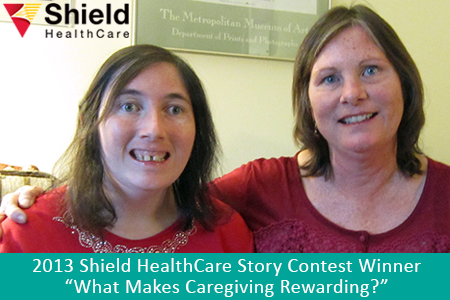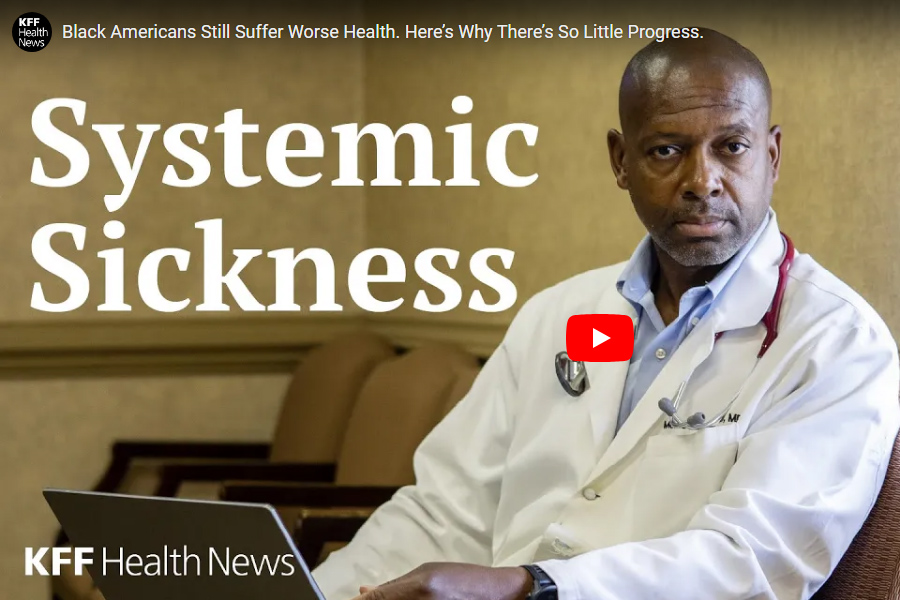Before explaining waivers, let’s take a minute to review the government-funded health programs available in the United States for those who meet eligibility requirements.
What is Medicare?
Medicare is federal health insurance for anyone age 65 and older, and some people under 65 with certain disabilities or conditions. Medicare is run by CMS, the Centers for Medicare & Medicaid Services. An individual’s Medicare coverage is the same no matter what state they live in. Those covered by Medicare can choose original Medicare (parts A and B) with a separate drug coverage plan (part D), or Medicare Advantage (part C).
Those covered by original (fee-for-service) Medicare may receive care under any doctor or hospital that takes Medicare, anywhere in the U.S. The wide choice of doctors may be viewed as a substantial benefit by those who choose this option. To help pay for out-of-pocket costs (like the 20% copay), beneficiaries can also buy supplemental coverage like Medigap, or retain coverage from a former employer, a union, or Medicaid. Because beneficiaries with original Medicare can choose care from any doctor or hospital accepting Medicare, they do not need a referral in order to see a specialist. However, individuals who choose this model may need to be proactive in their care management, since there is not one single doctor or health system comprehensively managing their care.
Those who choose Medicare Advantage select a Medicare-approved plan from an insurance provider that bundles hospital/healthcare coverage and (usually) drug coverage. These “bundled” plans function similar to employer-sponsored health coverage, where the beneficiary is tied to a specific Managed Care Organization (MCO). Copays are set by the MCO, rather than a set 20%. The federal government reimburses these MCOs to provide comprehensive, whole-person care, which may make this a good choice for those who prefer a single primary care physician (PCP) to direct their care. However in most cases, a person with Medicare Advantage is limited to doctors who are in their plan’s network.
What is Medicaid?
Medicaid is a joint federal and state program that provides health coverage for some people with limited income and resources. The federal government and the state pay jointly for the services provided in that state, and each state runs its own program. The states must adhere to some general rules from the federal government, but eligibility requirements and benefits can vary from state to state. Some states give Medicaid a custom name, such as “Medi-Cal” in California.
Medicaid provides healthcare for more than 80 million United States citizens, including:
- adults with low incomes
- older adults
- people with disabilities
- pregnant people
- children
A beneficiary is qualified for Medicaid based on income, household size, disability, family status, and other factors. Eligibility rules differ between states.
Some states have expanded their Medicaid programs to cover all people with household incomes below a certain level. As of February 2024, 41 states (including DC) have adopted Medicaid expansion and 10 states have not adopted the expansion.
In states that have expanded Medicaid coverage, a beneficiary can qualify based on household income alone. Generally speaking, if a household’s income is below 133% of the federal poverty leve (148% of the federal poverty level), they qualify.
What is a Medicare-Medicaid or “Medi-Medi” Plan?
A person can be eligible for Medicaid and Medicare at the same time. This is known as dual eligibility. In these instances, an individual can expect significantly lower healthcare costs. Individuals enrolled in both Medicare and Medicaid, or dual eligibles, often have high rates of chronic conditions and functional impairments.
For most dual eligible members, Medicare and Medicaid operate separately, with limited coordination across the two programs. This fragmented approach to healthcare creates challenges for these members who often use services at a high level, as they need to concurrently navigate both health programs. CMS works with individual states to offer health plans to those who have Medicare and Medicaid, making it easier for those beneficiaries to obtain healthcare services. They are called Medicare-Medicaid plans, and they include prescription drug coverage.
What are Medicaid Waivers?
Medicaid waiver programs are state-specific programs that support individuals who prefer to (and are able to) have their medical needs met in their home or in their community. Waiver programs are typically for people with disabilities and chronic health conditions. They allow healthcare professionals to provide care in a person’s home or community instead of a long-term care facility. Medicaid waivers help pay for standard medical and non-medical care, including personal care services, respite care, and adult daycare. In many ways, waiver programs “fill the gaps” in federal or state care.
The Medicaid waiver program allows states to choose groups of people with particular needs and health conditions to receive tailor-made healthcare options at home or within the community. Waivers provide care for a wide range of populations, including those with developmental disabilities, traumatic brain injuries, AIDS, and substance use disorders. A waiver may help a person with an increased likelihood of requiring long-term care, such as those with behavioral issues or technologically dependent children.
One of the most common waivers are home- and community-based service waivers, or HCBS waivers. Nearly every state in the union provides multiple HCBS waiver programs. States can choose how many HCBS waivers they would like and must demonstrate that each waiver program:
- ensures the health and welfare of the individuals receiving care
- costs equal to, or less, than if the service was provided inpatient in a healthcare facility
- enforces reasonable and adequate standards of care to meet each individual’s needs
- uses an individualized plan of care centered on the person
Under the HCBS program, states can also offer a variety of non-medical services, including:
- case management
- homemaker services (assistance with household tasks)
- home health aides
- respite care
- personal care
- adult daycare
States may also include any other services that help individuals develop and maintain as much independence as possible.
Applying for a Waiver
Medicaid waivers are available in all U.S. states, including Puerto Rico. This list of Medicaid waivers is maintained by Medicaid and can be searched by state and type.
To be eligible for a waiver program, the individual must meet their state’s level of care requirement. This means that an individual qualifies for full-time inpatient care at an appropriate facility but remains at home. Each waiver program’s eligibility rules may vary, depending on the waiver target population and supportive goals. Before applying, carefully review the eligibility requirements online on your state’s health department website. If you are not sure what waiver programs are available in your state, visit your state’s health department website or explore the comprehensive list of Medicaid waivers by state and type. You can also contact Medicaid directly to learn more.
Along with explaining the eligibility requirements, each state website will provide directions on how to apply. Many states allow people to apply for waiver programs online.
If an invividual does not meet the waiver requirements – for example, their income is too high to qualify for Medicaid – other community resources may still be available to support that person in staying home. The Department of Health and Human Resources is a good tool to help find local community resources.The number and type of resources available for each vulnerable population will vary from state to state.
Additional Resources
State Health Insurance Assistance Programs
State Health Insurance Assistance Programs help find state-specific health insurance information for people with Medicare and Medicaid.
Program of All-Inclusive Care for the Elderly
The Program of All-Inclusive Care for the Elderly (PACE) is a joint Medicaid and Medicare program designed to help meet a person’s healthcare needs in the community. PACE provides comprehensive medical and social services to certain frail, community-dwelling elderly individuals, most of whom are dually eligible for Medicare and Medicaid benefits.The program uses a team of healthcare providers to coordinate and deliver care.
Individuals can join PACE if they meet the following conditions:
- Are 55 years of age or older
- Live in a PACE service area
- Require a nursing home level of care
- Are able to live safely in the community with assistance
A person can have Medicare, Medicaid, or both to be eligible for PACE. Those with Medicare but not Medicaid will have to pay a monthly premium for the benefit. If an individual has Medicaid only, they will not have to pay a monthly premium.
Additional Programs for Older Adults
- Administration on Community Living
The Administration on Aging (ACL) promotes the well-being of older individuals by providing services and programs designed to help them live independently in their homes and communities. - Eldercare Locator (ACL)
A public service connecting you to services for older adults and their families. - Health Information for Older Adults (National Institute on Aging)
Health and wellness information for older adults from the National Institutes of Health. - LongTermCare.gov
At some point in our lives, about 60 percent of us will need assistance with things like getting dressed, driving to appointments, or making meals. Many people are not sure what is covered by insurance, and people are often misinformed about what is covered by Medicare. Long-Term Care.gov can help people learn how to plan.
Supplemental Security Income
Some people may be eligible for Supplemental Security Income (SSI), a monthly benefit paid by the Social Security Administration. This benefit is available for people with disabilities and blindness who have limited incomes and resources, and who meet certain requirements. People aged 65 years and older may also qualify if they meet the income level requirements. Supplemental Security Income is not the same as retirement or disability benefits.
For more information on the Medicaid waiver programs available in your area, visit your state’s health department website, or explore the state waivers list at medicaid.gov. Community and online organizations for specific diagnoses or populations may also link to waiver programs in your area.
Sources include:
- Medicaid.gov
- Medicare.gov
- Medicaid – HCBS Waivers
- U.S. Department of Health and Human Services
- Medicare Provider Comparison Tool
- Department of Health Care Services – CA
- Kaiser Family Foundation
- Medicaid & CHIP Enrollment






















